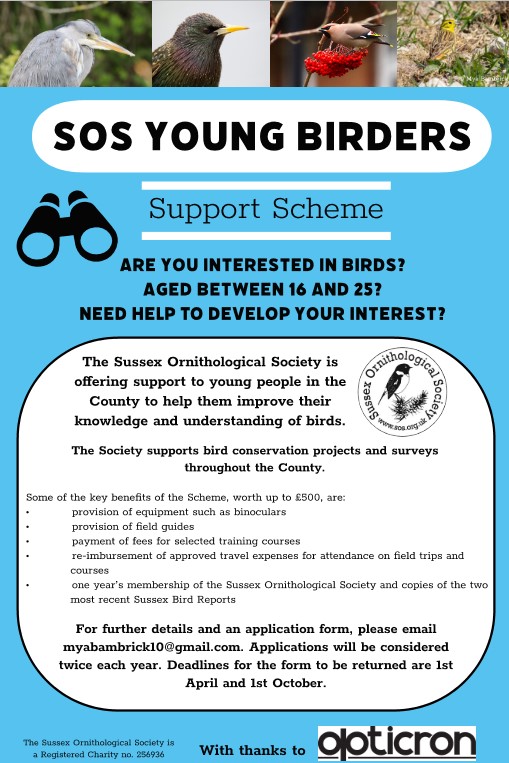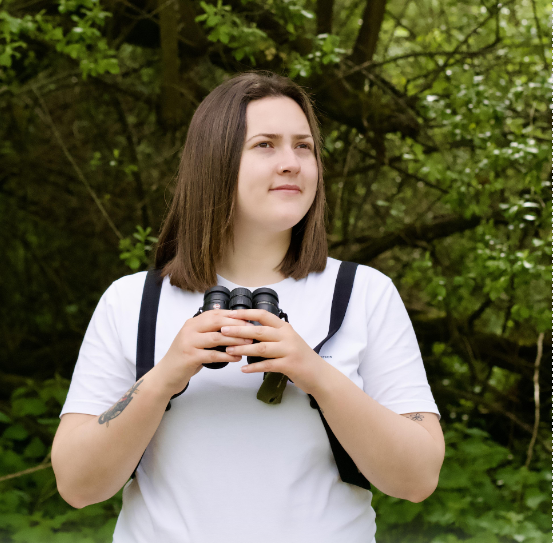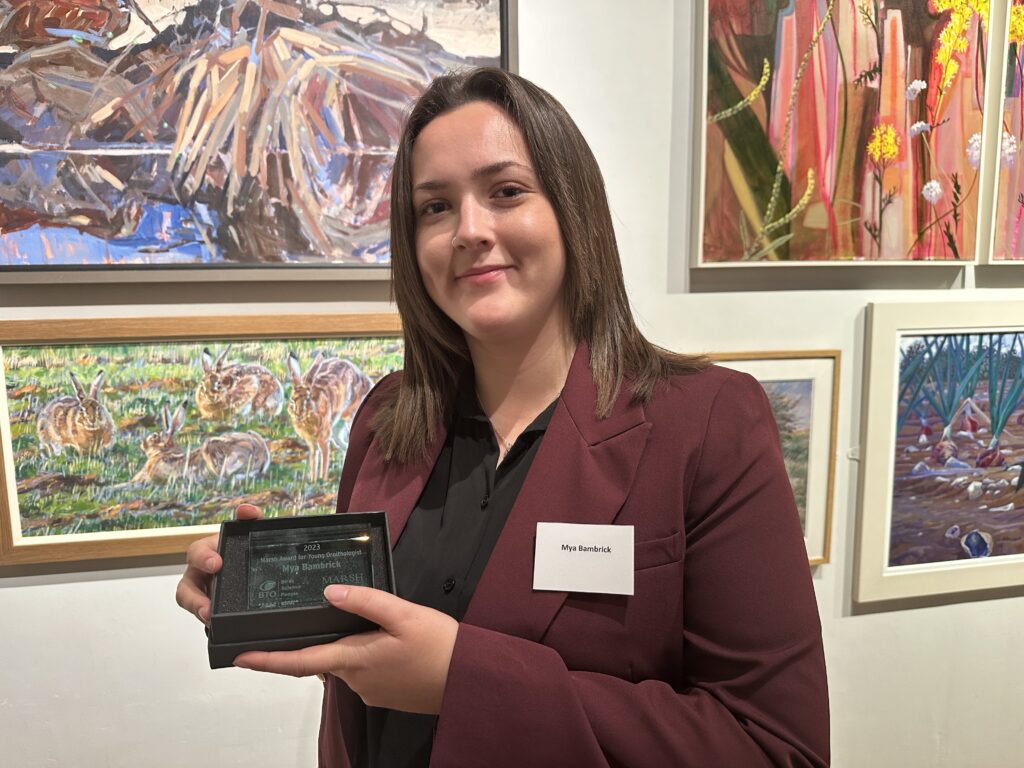SOS Conservation team, at the invitation of the Local Wildlife Sites (LWS) team at the Sussex Biodiversity Record Centre (SxBRC), is drawing up a list of locations that are important for birds in Sussex, but currently have no level of protection. SxBRC is run by the Sussex Wildlife Trust and has lead responsibility in the county for the LWS system. LWS status does not give statutory protection, but is nevertheless of some value in protecting a site from development. The SOS drew up the criteria for applying LWS status for sites good for birds, and these were accepted by SxBRC. The criteria are based mainly on the range of red- and amber-listed breeding species and the number of species recorded in the last decade. If you would see these criteria in full, please email me at the address below.
Most of the places birded regularly in the county already have some form of protection, from Special Areas of Conservation (SAC) like Pagham Harbour down to the lowest designation of LWS, such as at Wisborough Green. These designations help protect sites if they become the subject of planning applications to local councils. We are most keen to highlight those places of value for birds that currently lack protection of any kind with a view to encouraging LWS designation to be secured, and you may visit a little known site that deserves such status. SxBRC is focussing on LWS designation in particular, but the SOS is also keen to identify sites that may already have this designation, but merit stronger, statutory protection. West Rise Marsh is a good example of the latter.
It would assist the Conservation team if members of the Society provided details of sites, preferably with Ordnance Survey co-ordinates, that they are keen to see protected, but fear may have none, or might merit upgrading. The extent of the site is of little consequence. Notification of a site of concern will not guarantee the application of LWS (or better) status, but we will do our best, assuming the criteria are met. Please email details of your candidate locations to conservation@sos.org.uk in the first instance.
Terry Allen
Conservation Team



